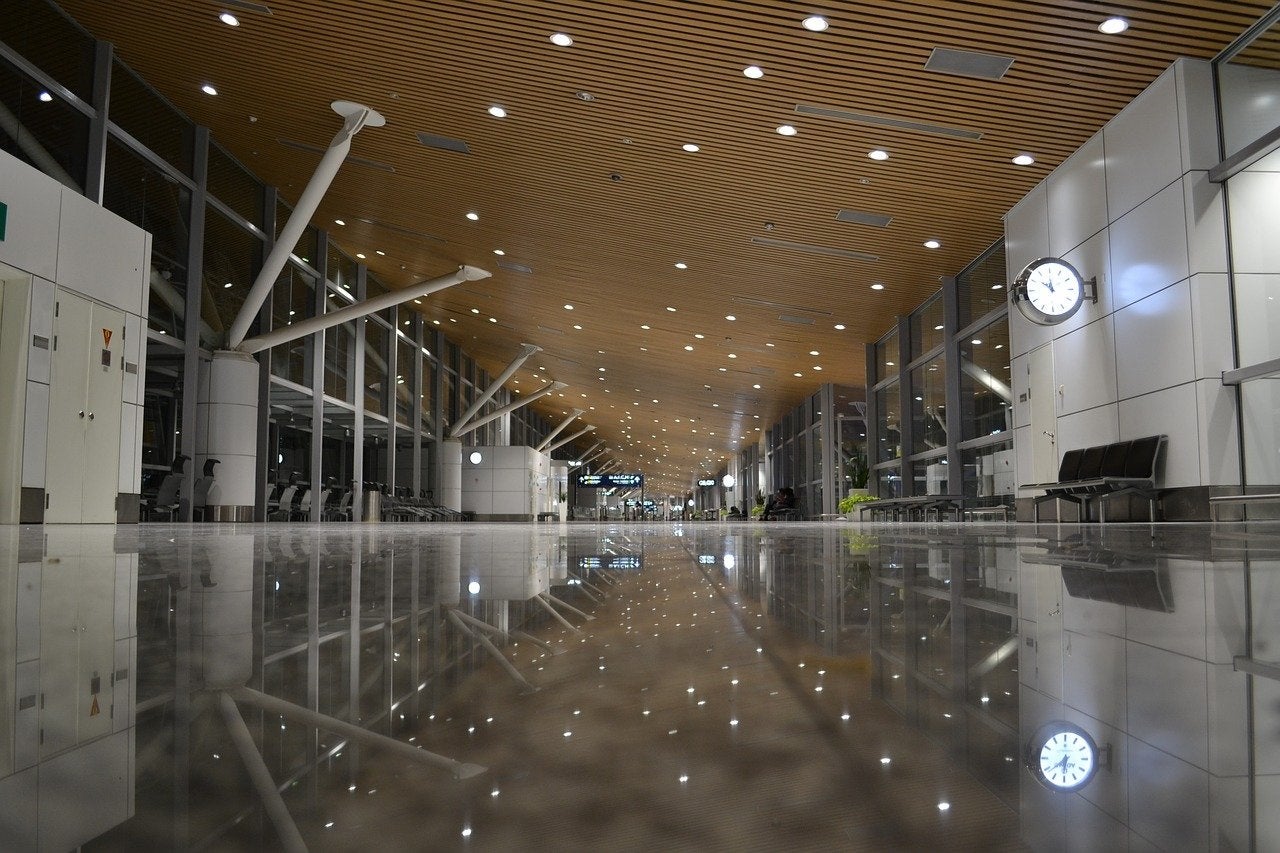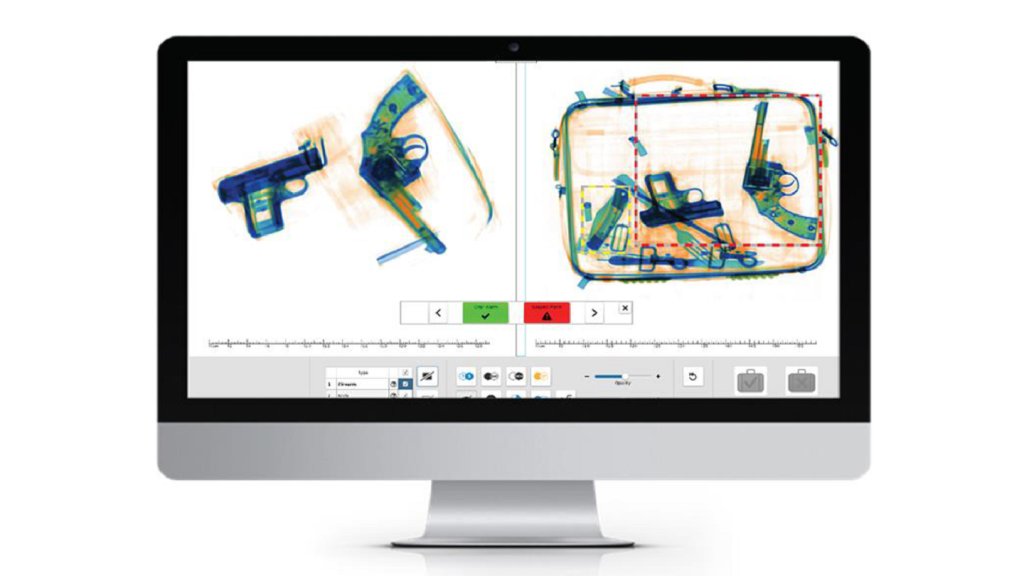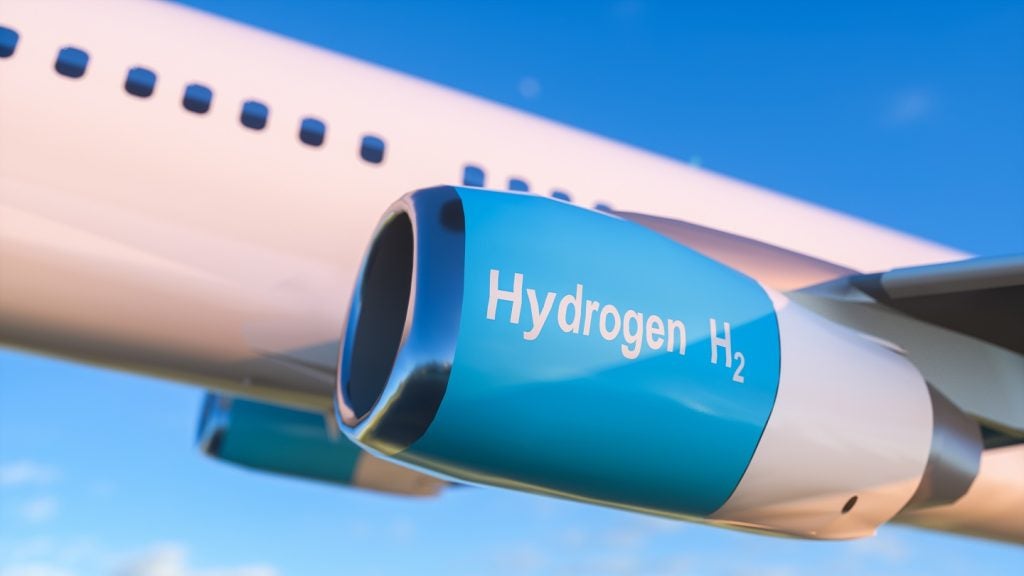
Kuala Lumpur International Airport (KLIA) has started using a new 3D sensor technology for its automated queue management system (AQMS) to reduce the wait time to under ten minutes.
The AQMS counts the precise number of people in a particular area and monitors overcrowding proactively with internet of things (IoT) technology.
It helps ground staff to reinforce and conform to service-level standards and standard operating procedures (SOP) by sending alerts when necessary.
Furthermore, AQMS facilitates safe distancing and compliance with the new norms to combat the Covid-19 pandemic.
Under the Airports 4.0 transformation, the wait time data from the AQMS will be combined with the flight information display screens (FIDS) and ‘MYAirports’ mobile app.
This will help passengers better plan their journey.
How well do you really know your competitors?
Access the most comprehensive Company Profiles on the market, powered by GlobalData. Save hours of research. Gain competitive edge.

Thank you!
Your download email will arrive shortly
Not ready to buy yet? Download a free sample
We are confident about the unique quality of our Company Profiles. However, we want you to make the most beneficial decision for your business, so we offer a free sample that you can download by submitting the below form
By GlobalDataThe airport stated that the initial stage of the AQMS has been finished for all security screening checkpoints.
The next stage, presently in progress at check-in, immigration and customs, will be completed in June.
Malaysia Airports group CEO Dato’ Mohd Shukrie Mohd Salleh said: “With the digital technology in place, we will transform the airport processes into more efficient services that will better serve our passengers in terms of safety and convenience. The AQMS will take away the stress of long wait times and ensure effective physical distancing at all major touchpoints. For the airport, the AQMS fits both our aspiration in fighting the pandemic and our on-going Airports 4.0 transformation.”
The new 3D sensors can monitor real-time situations from modest variation in temperature and lighting settings to intricate algorithms that can sense long queues and wait times automatically.
The collected real-time information is then sent to the airport operation control centre (AOCC), where resources are positioned immediately to tackle the issue of congestion.
Mohd Salleh added: “Ultimately, we remain focused on our Airports 4.0 journey in future-proofing our services and heightening the passenger experience. We hope to create strategic value to all the relevant partners and government agencies by leveraging the data captured from the AQMS to be more efficient and effective in resource planning and allocation. This distribution of analytics is a concerted effort for the airport community to work together in enhancing the passenger journey.”







